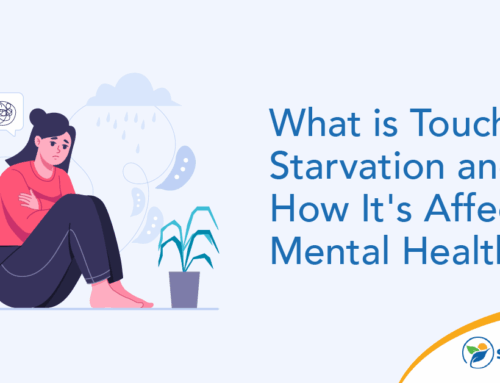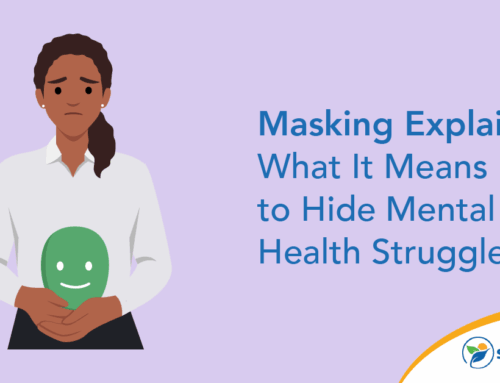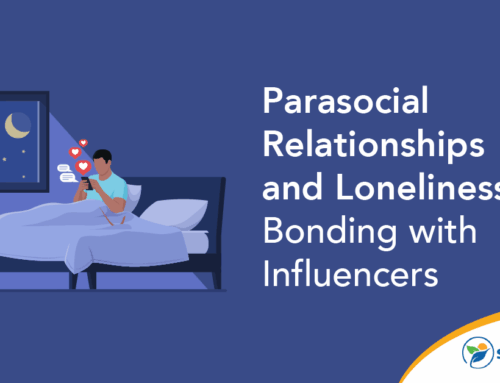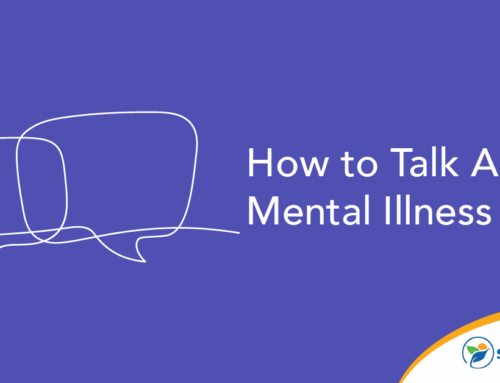In an ideal world, an adult would aim for about 8 hours of sleep a night. Most of us spend about 2 hours of that time dreaming. If you’ve ever wondered what dreams tell us about your mental state, keep reading. In this guide, we’ll explore dreams, mental health, and the importance of a good night’s sleep.
Introduction to Dream Analysis in Mental Health
Throughout history, people have been fascinated by dreams. Early philosophers thought they were messages from deities. More recently, Freud thought they offered an insight into the unconscious mind. Some scientists think dreams are a side effect of the brain consolidating memories and hold no significance at all. Others believe there is a link between dreams and mental health and the types of dreams you are having are a reflection of your mental state.
The Different Types and Their Significance
There are many types of dreams, from the standard dream where you’re doing relatively mundane things to daydreams that occur when you, “zone out”, while awake. Some other types include:
- Epic dreams. Where you’re engaged in an exhausting and unrelenting activity and wake up feeling tired the next day.
- False awakenings. When you dream about going through your morning routine only to awaken and discover you need to do it all again.
- Lucid dreams. A state where you’re aware that you’re dreaming and can control the narrative of the dream.
- Nightmares. Vivid, frightening, and disturbing dreams that may cause the sleeping person to wake up.
- Night terrors. More intense than nightmares and may include screaming, sleepwalking, and intense fear or distress.
- Vivid dreams. A powerful dream that seems very real at the time and can be remembered when the person wakes up.
- Recurring dreams. When a person dreams of the same event or person repeatedly. This can be a sign of an unresolved issue or unprocessed trauma.
Common Themes and Their Interpretations
Even scientists who have devoted years to the study of dreams haven’t managed to come up with definite interpretations for common themes within them. However, some themes occur often and some philosophers and psychologists believe these themes can have an underlying meaning, such as:
- Teeth falling out – This can indicate fear of certain life changes or debt.
- Falling – A feeling of falling at the moment you doze off is a normal muscle twitch called a “hypnic jerk.” Dreaming of falling can be a sign of stress or negative emotions.
- Being naked – The embarrassing dream of being naked in public could be a sign of feeling vulnerable or exposed.
- Flying – If you’re flying, this might indicate you’re feeling a new sense of freedom or power.
- Being chased – This could indicate you’re fearful of something or experiencing inner conflict.
These interpretations are merely theories and don’t apply to everyone. For all the experts who love to analyze, others believe that dreaming is simply a process of consolidating memories and the things we see in our dreams don’t mean anything at all.
What Dreams Tell Us About Your Mental State
The saying, “in your dreams”, might be used to refer to positive things and wishful thinking, but in reality, most dreams have some negative component, and nightmares are more common than you might think. It’s not uncommon, even among the general population, for people to have them every week. Those in high-stress jobs are more likely to have nightmares. For example, in one study, 47.2% of nurses reported having at least one nightmare in the 2-week survey period.
Individuals who are living with mental health conditions, including borderline personality disorder and schizophrenia, may also be more likely than the average population to have nightmares.
They can also reflect physical well-being. Incredibly vivid dreams are more likely to happen when someone is sleep-deprived or unwell and running a fever.
The Role in Processing Trauma and Stress
One theory about why dreams are so often negative is that the brain uses dreams to simulate threatening situations so we are better able to respond to them if they occur in real life.
If someone goes through an intensely traumatic experience, they may have nightmares for a few weeks or months after that event. For most people, the nightmares will subside as the mind and body process the trauma and the level of stress hormones in the body returns to normal.
Recurring nightmares may happen if the brain’s fear response is constantly being triggered, which is a state known as chronic hyperarousal. In this case, the bad dreams are thought to be an attempt to cope with that state of hypervigilance. Fortunately, if the underlying issues are addressed, it’s often possible to stop the nightmares — or at the very least, reduce their frequency.
Using Dream Analysis in Therapy
Since Sigmund Freud published The Interpretation of Dreams in 1900, psychotherapists have it interpretation as one of many tools in their arsenals. Dream interpretation is something that’s done in all kinds of therapeutic practice, including Gestalt therapy, CBT, psychodynamic therapy, and client-centered therapies. Mental health practitioners hope that by talking about dreams and exploring what they might mean and what the patient can take away from them, they can help the patient find the answers they need to heal the trauma that brought them to therapy.
Dream analysis involves recalling the dream and attempting to understand the latent content therein. There are several approaches to doing that, but one common approach uses something called dreamwork, which has five components:
- Condensation – Bringing together the many elements that make up the dream’s latent content.
- Displacement – Taking seemingly insignificant features of the dream and attaching the emotions from those features to their underlying meaning.
- Representation – Turning an abstract thought or visual image into words.
- Symbolism – Identifying whether any images or items in the dream might be symbols that represent something else.
- Secondary elaboration – An unconscious process of collecting all the images associated with the dream and putting them together to form a logical story that obscures the true meaning of the dream.
A therapist will work to undo the dreamwork processes and “decode” the meaning of the dream so the client can understand its meaning.
Get Help
If you are struggling with PTSD, stress, or anxiety and are having bad dreams, Sunlight Recovery is here to help. Our skilled counselors and therapists offer confidential, compassionate support.
Call Sunlight Recovery today to start on the road to a healthier, happier you.







